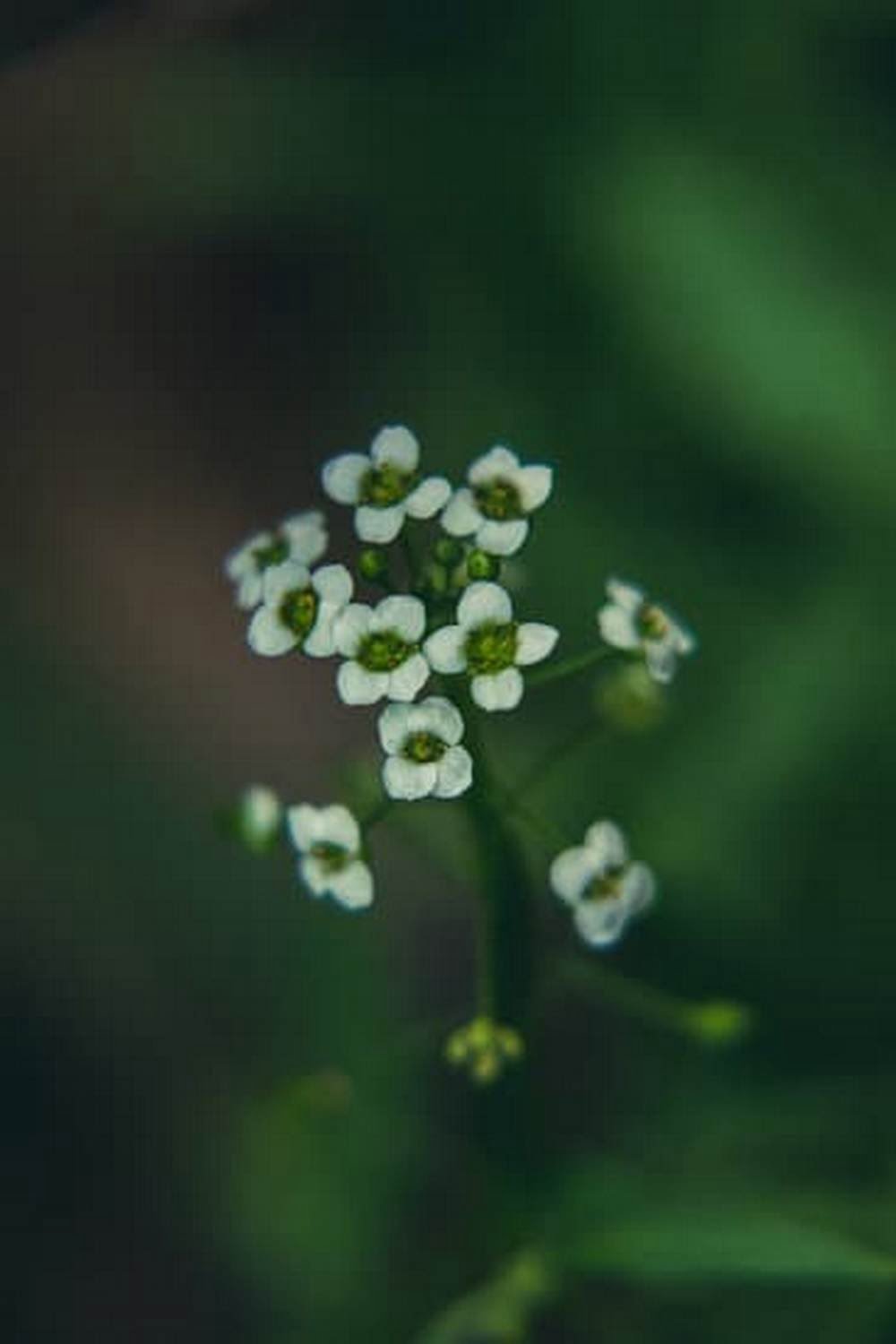Best Watering System For Vegetable Garden
A vegetable garden is a great way to get fresh, healthy produce right from your own backyard. But, like any garden, it needs regular watering to stay healthy and productive. So, what’s the best watering system for a vegetable garden
There are a few different options to consider. One option is to use a hose to water your plants by hand. This is a simple option, but it can be time consuming and it can be difficult to water all of your plants evenly.
Another option is to use a sprinkler system. A sprinkler system can be a great option for watering a large vegetable garden, but it can be expensive to set up and it can be difficult to adjust the water flow to reach all of your plants.
A third option is to use a drip irrigation system. A drip irrigation system is a great option for watering a vegetable garden because it is efficient and it can be easily customized to reach all of your plants. Drip irrigation systems also use less water than other watering systems, which can save you money on your water bill.
So, what’s the best watering system for a vegetable garden The best watering system for a vegetable garden is a drip irrigation system.
Best Soil Ratio For Vegetable Garden
When it comes to vegetable gardening, there’s no one-size-fits-all answer to the question of what soil mix to use. However, there are some general guidelines that can help you create the best soil mix for your garden.
The first step is to determine the soil pH. The pH of your soil will determine which vegetables will grow best in it. Most vegetables prefer a soil pH of 6.5 to 7.5, but there are a few that prefer a more acidic or more alkaline soil.
Once you know the pH of your soil, you can start to mix in amendments to adjust the pH as needed. For example, if your soil is too acidic, you can add lime to make it more alkaline. If your soil is too alkaline, you can add sulfur to make it more acidic.
The next step is to mix in organic matter. Organic matter helps to improve the structure of the soil, makes it more fertile, and helps to retain moisture. You can add organic matter in the form of compost, manure, or peat moss.
The final step is to add in sand or soil amendments, if needed. If your soil is heavy and clay-like, you can add sand to make it lighter. If your soil is too sandy, you can add soil amendments like compost or manure to help improve the fertility and moisture retention.
When creating your soil mix, it’s important to mix in each of these ingredients in the right proportions. A good ratio for vegetable gardening is two parts soil, one part organic matter, and one part sand or soil amendments, if needed.
Best Mulch For Vegetables Garden
There are many different types of mulch that can be used in a vegetable garden, but the best mulch for vegetables is organic matter. The most common type of organic matter used as mulch is straw. Straw is a good mulch because it is light and fluffy, which allows it to breathe and prevents it from packing down and becoming compacted. Straw also decomposes slowly, which helps to improve the soil structure and fertility. Other types of organic matter that can be used as mulch in a vegetable garden include compost, leaf compost, and shredded bark.
Best Material To Build A Raised Vegetable Garden
When it comes to the best material to build a raised vegetable garden, there are a few options to choose from. You can use timber, bricks, concrete blocks or railway sleepers.
Timber is a popular choice for raised vegetable gardens as it is a natural material and it is easy to work with. It is also a good insulator, which helps to keep the soil warm in the winter and cool in the summer. However, it is important to use treated timber, as untreated timber can rot quickly.
Bricks are a good choice for raised vegetable gardens, as they are durable and can be used to create a nice, level surface. However, they can be quite heavy and can be difficult to move around once they are in place.
Concrete blocks are a popular choice for raised vegetable gardens, as they are durable and easy to stack. They can also be painted or stained to match your garden décor. However, they can be quite heavy and can be difficult to move around once they are in place.
Railway sleepers are a good choice for raised vegetable gardens, as they are durable and can be used to create a nice, level surface. They are also easy to move around, which is handy if you need to change the layout of your garden.
Best Vegetable Garden Designs
for Beginners
Starting a vegetable garden can be a fun and rewarding experience, but it can also be a little daunting for beginners. With so many different vegetables to choose from, how do you know which ones to plant and how do you go about designing your garden
Here are a few tips for designing your vegetable garden:
1. Choose a sunny location. Vegetables need at least six hours of sunlight per day to grow properly.
2. Decide what types of vegetables you want to grow. There are dozens of different vegetables to choose from, so decide which ones you want to grow based on your personal preferences and climate.
3. Plan your garden layout. Decide how much space each vegetable will need and sketch out a plan for your garden.
4. Amend the soil. Vegetables need rich, fertile soil to grow well. Amend your soil with compost or organic matter before planting.
5. Plant your vegetables. Follow the instructions on the seed packets to determine how deep to plant the seeds.
6. Water and fertilize your vegetables. Vegetables need regular watering and fertilizing to grow big and healthy.
7. Harvest your vegetables. Once your vegetables start to grow, be sure to harvest them regularly to encourage further growth.
Here are a few of our favorite vegetables for beginners:
1. Tomatoes. Tomatoes are one of the most popular vegetables to grow and they are easy to grow in most climates.
2. Lettuce. Lettuce is another easy vegetable to grow and it can be planted early in the season.
3. Peppers. Peppers are a fun and easy vegetable to grow and they come in a variety of colors and flavors.
4. Carrots. Carrots are a favorite vegetable for kids and they are easy to grow in most climates.
5. Beans. Beans are a nitrogen-fixing vegetable and they are easy to grow in most climates.
6. Zucchini. Zucchini is a popular summer vegetable and it is easy to grow in most climates.
7. Eggplant. Eggplant is a popular vegetable in the summer and it is easy to grow in most climates.

If you’re looking to get into vegetable gardening, or are just looking for some tips on how to make your current garden better, then you’ve come to the right place! My name is Ethel and I have been gardening for years. In this blog, I’m going to share with you some of my best tips on how to create a successful vegetable garden.





